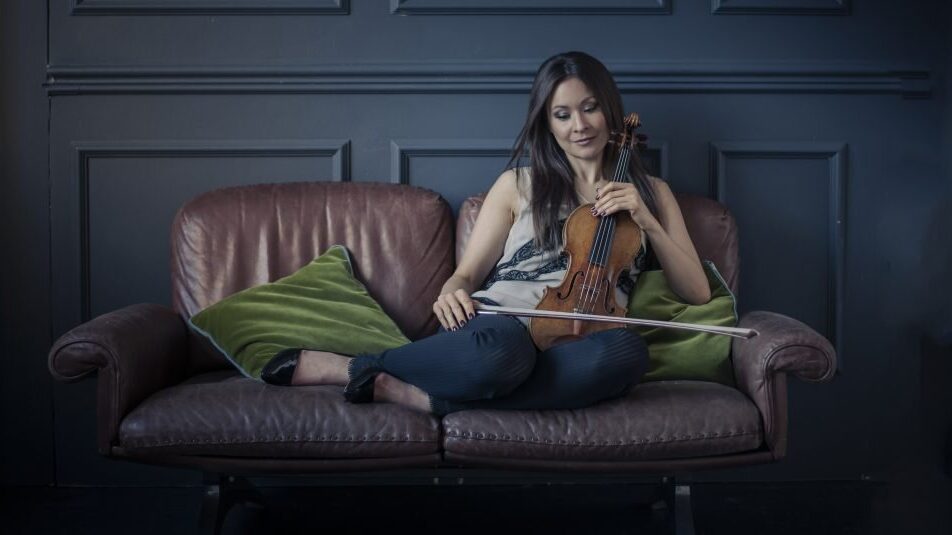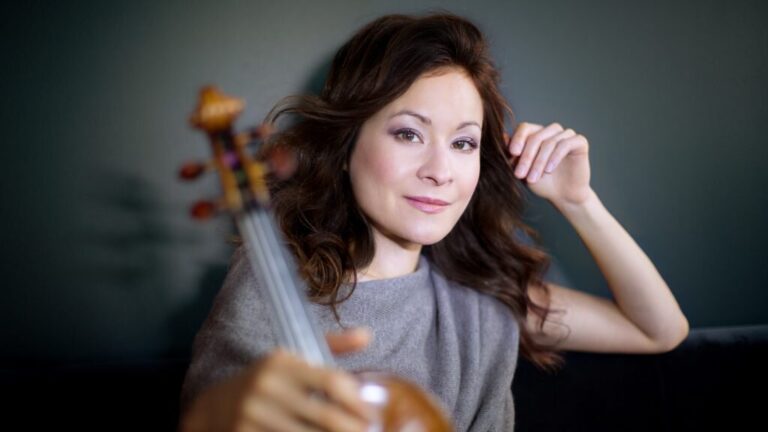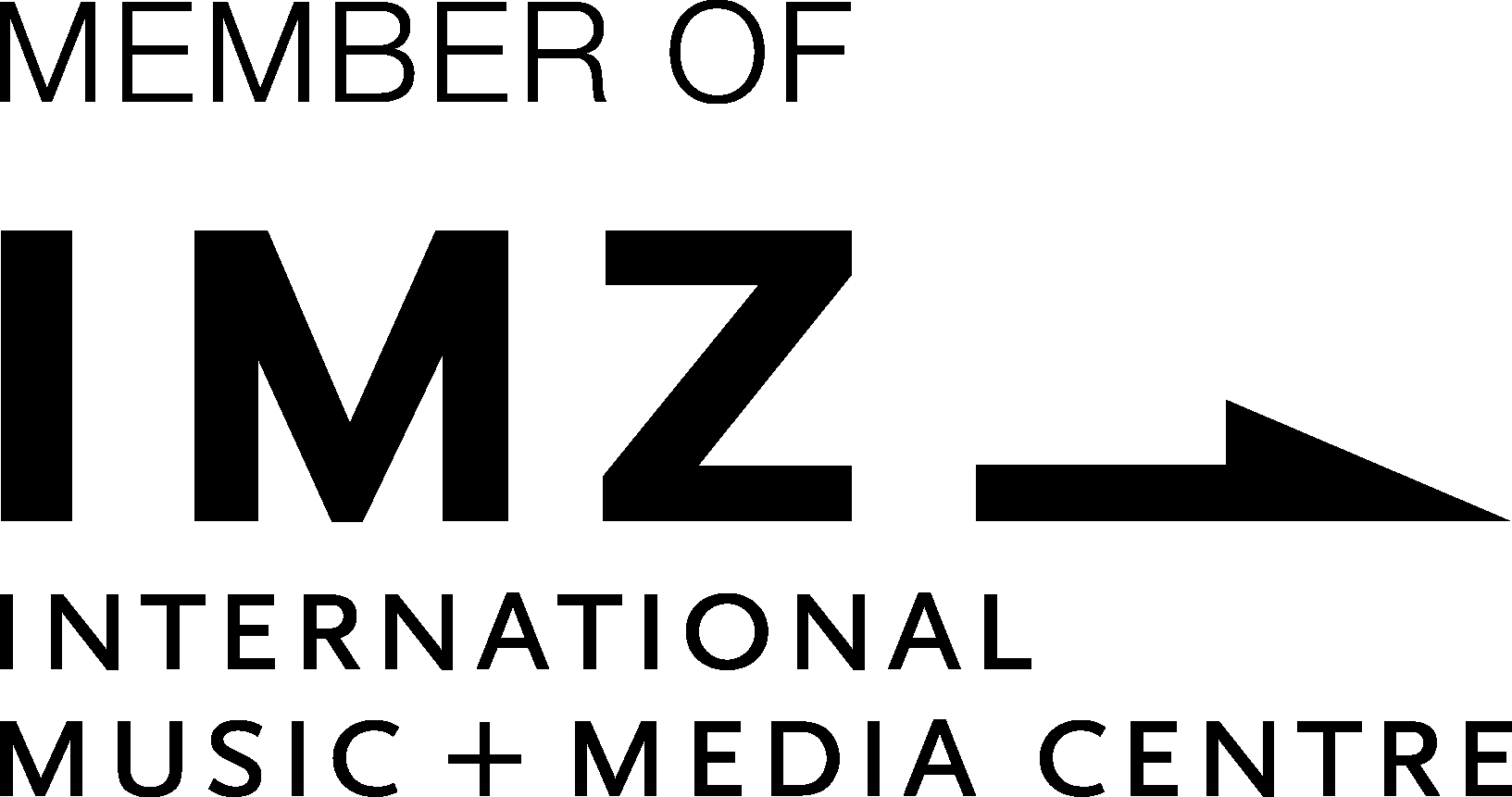One of the world’s leading violinists has visited Hungary for the second time in six months. The two-time ECHO Klassik prize-winning virtuoso performed as a soloist of the National Philharmonic Orchestra with an instrument once played by her uncle József Szigeti. Papageno sat down to talk with Arabella Steinbacher about Stradivarius instruments, ways to practice, and roller skates.
– Your violin once belonged to Dezső Szigeti, who worked in Paris and later in New York with the Metropolitan Opera and the Philharmonic Orchestra, and even made a few solo recordings. The acclaimed orchestral musician’s instrument was later given to Wagner’s favourite colleague, Richard Strauss’ violin teacher and relative Benno Walter. You used to play a Stradivarius called “Booth”. What is the difference between the two violins?
– These instruments are very different, as if they had different personalities. Of course, there is a similarity, as the brilliant Stradivari sound can be recognised from each of the Italian master’s violins, especially the E string, which sounds gorgeous and bright. I found “Booth” to have a slightly darker tone, more masculine, while “Benno Walter” also has a strong, yet more feminine, charming sound. I should add that I have had a very long relationship with “Booth”, fifteen years, while I have only been using “Benno Walter” for a year and I am just discovering its potential.
– It has been difficult to plan for the last two years because of the pandemic, but it looks like you’ve got a busy calendar again.
– I’m mainly performing in Europe, where it’s easier to travel, but I’ll also be playing in Australia, and Asia. I’m also making recordings, the most recent of which, with Mozart violin concertos, has just been released. Another one is planned for the summer, but details are not yet public. I have many projects and I hope that I will not have to postpone them any longer. I think it will be easier from now on.
– You will perform seven different violin concertos over the next four months. How can you keep them all under control?
– Really? I wasn’t aware of that… (Laughs.) I have a big repertoire, which I acquired as a teenager. This is the age when it’s worth learning as many pieces as possible, because once you start performing, you don’t have much time to learn new things. I’m very lucky to have a very wide repertoire, so it’s not a problem nor an effort for me to play different works at many places.
– You practice in a special way. You sit cross-legged, sometimes lying down, and do a lot of yoga. It reminds me of Yehudi Menuhin, who also had a great interest in yoga. Was it him who inspired you?
– In part, yes, but I know many people who like to practice this way. For example, Ana Chumachenco, with whom I studied for many years, and my other great master Ivry Gitlis. It’s always good to practice in a different way to the way you play in concerts, because it keeps you more flexible. When you play the violin sitting on the floor or lying down, gravity has a completely different effect. You have to use a different technique, which is a great workout for the fingers and arms, which is why I like it.

– Speaking of training, as a child, you did a lot of roller-skating. When you successfully took the entrance exam to the Music Academy of Munich at the age of eight, this was a gift your parents gave you. Do you still skate?
– I really loved it, but I haven’t put my skates on for a long time, it would be risky for my hands, and fingers. It’s a great sport to find your balance, but, unfortunately, it’s too dangerous…
– You also use your art to help those in need, with a tour in response to the 2011 tsunami in Japan. Do you have the cure for the pandemic, too?
– I wish I had! (Laughs.) The only advice I can give is not to panic or get depressed, which is not easy, because the situation is very depressing. But I think that if we all try to stay optimistic—which is also important for our health, and good for our immune system—it will definitely help. For me, it’s music and spending time with my family and my little girl that gives me strength. Making music is one of the things that gives you a lot of positive energy. I try to pass on this positive impulse at every concert.











